While I was in graduate school in Florida I spent a lot of time in and around the Indian River Lagoon. It is one of the most diverse estuarine ecosystems in North America mainly due in part that it’s expansive length stretches across two geographic zone, the temperate and the tropic zone. This seamless mixing creates some of the most beautiful landscape you’d ever set your eyes on. It is also one of the most fragile environments since it sits on the edge of one of the largest man-made disasters in our country, the Everglades restoration project. Dr. Edie Widder is a deep-sea biologist who founded the Ocean Research and Conservation Association and is featured this video produced by COSEE. Get to know some of her exciting work helping to restore the balance of aquatic ecosystems in south Florida by Making Water Pollution Visible.
Beach trivia
Can you name the world’s longest beach (at 76 miles long!)?
Want to find out the location of the famous beach from the movie “From Here to Eternity“?
Did you know that a beach on the west coast of Florida is the top spot to find seashells in the U.S.?
You can learn all these facts and a whole lot more with this interactive beach quiz from National Geographic. Have fun and please let us know if you learn anything particularly surprising or fun.
The Majestic Plastic Bag – Part III
Two months ago, the esteemed Carl Safina posted a piece titled, “For Seabirds As For The Graduate, One Word: Plastics“. It seems a suitable tie-in for the The Majestic Bag conservation series.
For Seabirds As For The Graduate, One Word: Plastics.
 If something can be neither fish nor fowl, for seabirds this is neither feast nor famine: scientists are discovering more species eating more—plastic.
If something can be neither fish nor fowl, for seabirds this is neither feast nor famine: scientists are discovering more species eating more—plastic.
An article in the Ottawa Citizen reports that in the Canadian Arctic, startled scientists “are pulling remarkable amounts of trash from birds in some of the remotest spots on Earth.”
Pacific albatrosses are famous for eating plastic. Now Canadian scientists are finding plastics in sturdy cousins of albatrosses called Fulmars; 85 percent of Canadian Fulmars now have plastic in their bodies. “I find these plastic pieces packed up around the bottom of the stomach and around the sphincter that leads into the intestine,” said Jennifer Provencher, who had been doing dissections. One gull-sized Fulmar, for example, had what looked like a red Coke cap and 20 other plastic pieces in it. Provencher called the amount of plastic she discovered in Arctic Canadian seabirds, “hard to believe.”
But in European waters, it’s worse: Fulmars there are now loaded with an average of 40 pieces of plastic. Virtually all European Fulmars now fly around with plastic in their bodies.
And, it’s increasing. Biologist Stephanie Avery-Gomm, opened stomachs of 36 Fulmars that washed up on Vancouver Island after a storm. One contained several dozen pieces of plastic, including industrial pellets, a chunk of sponge, fishing line and a bristle from a hairbrush. In a study of bird diets done back in the 1970s, Fulmar stomachs had contained no plastic.
“Every time we sample we are surprised by the amount of plastics we find,” said Provencher.
Another surprise: more species now contain plastics, including the normally non-scavening Thick-billed Murre. Fulmars were already known plastic swallowers, but “What was shocking was to open up the murres and find plastics,” Provencher said. Eleven percent of 186 Thick-billed murres examined carried plastics.
The plastics are coming not just from boats. They’re from us all. In North America and Western Europe the average person is now using around 220 pounds of plastic a year. Needless to say, that’s expected to increase. In Asia the average person uses around 80 pounds of plastic per year, and that’s expected to nearly double by 2015.
Read what the United Nations Environment Program’s 2011 Yearbook has to say about plastics in the ocean.
It’s a nightmare.
So my question is: Why do we use an eternal material to package items intended for one-time use? No one expects such items like yogurt and salad to stay in the distribution chain for more than a couple of weeks. Why don’t we package things like perishable food—and everything else not intended to last forever—in plant-based plastic that will break down in a year?
It could easily be done. The materials already exist. For instance: http://www.metabolix.com/
Related articles
- The Majestic Plastic Bag – Part II (beachchairscientist.wordpress.com)
- Recycling: Just Do It (mkmercurio.wordpress.com)
- Grocery Bag Rings – Giovannie Scafuro Creates Eco-Chic Jewelry From Old Plastic (TrendHunter.com) (trendhunter.com)
- Seabirds pay the ultimate price for plastic pollution (theage.com.au)
5 facts about fish farming
Here are five facts about the glory and challenges of fish farming. Fish farming and aquaculture has really stepped up due to the demand for the world’s fish consumption, but maybe not in the most sustainable manner like Linda Thornton.
1.) It’s polluting our water
It seems as though large fish farm like to cram fish to live in very tight spaces. A large amount of fish would lead to a large amount of waste produced by the fish. Also, the unfavorable conditions often lead to disease. Fish farmers tend to treat the disease and infection with harmful antibiotics which further harm the surrounding waterways.
2.) It brings untested chemicals to your dinner plate
It seems as though many of the antibiotics used to treat diseases on foreign fish farms are commonly made of chemical banned in the US. Since there is no regulation often these harmful chemicals make their way to your dinner table.
3.) It’s tearing apart mangroves
Shrimp farmers are tearing apart the mangroves to make way for their new crop of this popular crustacean. However, this destroys a delicate nursery ground for many local fish species. In turn this depletion in resources severely affects local economies. What makes matters worse is that often these shrimp farms are abandoned in order to find better producing areas.
4.) It’s often counter-productive
Fish farms can be tough to maintain, especially for salmon and other carnivorous species. They tend to eat more food than they actually produce! This is turn leads to a lot of waste that can disturb the balance of the surrounding waterways.
5.) It does good things!
Some fish farms raise species that are actually clear out pollutants from the water. Bivalves (oysters, mussels, etc.) are filter feeders and cleanse their aquatic habitat! Also, tilapia are herbivores and do not require as much input as the carnivorous farmed fish need.
Related articles
- Fish farm sues activist for defamation (theglobeandmail.com)
- http://www.huffingtonpost.com/2010/03/31/9-surprising-fish-farming_n_518724.html#s77073&title=Production
- Tasting the future of farmed seafood (cnn.com)
- Another Side of Tilapia, the Perfect Factory Fish (nytimes.com)
- The Many Faces of Aquaculture: An Introduction to Fish Farming (marksdailyapple.com)
May 23 is World Turtle Day
Did you know that almost half the world’s turtle species are considered threatened?
Founded in 1990, the American Tortoise Rescue sponsors May 23rd each year to “increase respect and knowledge for the world’s oldest creatures”.
Here is a link where you can learn more about sea turtles. Please take some time to share your knowledge about these ancient creatures with your friends and family!
Test your knowledge: National Ocean Science Bowl biology
Here are some more sample questions from the Consortium for Ocean Leadership‘s popular National Ocean Science Bowl (NOSB). These questions come from the Biology section.
Good luck!
1) Northern elephant seals come ashore during the spring and summer to do what? a) Mate b) Eat c) Give birth d) Shed their fur
2) The habitat of blue whales, tunas and swordfishes is best described as: a) Benthic b) Littoral c) Estuarine d) Pelagic
3) Intensive aquaculture of which of the following organisms has contributed to loss of mangroves around the world? a) Tilapia b) Cod c) Salmon d) Shrimp
4) Lophelia (LO-fee-lee-ua) coral reefs in the North Atlantic are being primarily damaged by: a) Pfiesteria b) Poisoning c) Rising temperatures d) Trawling
Related articles
- Science Bowl team wins $1,000 in D.C. (timesunion.com)
“Always read something that will make you look good if you die in the middle of it.” P.J. O’Rourke
Today Ira Flatow discussed summer science reads on Science Friday, my favorite radio program. So, I got to thinking about two very special books that I always wander back to when I want to reconnect with the ocean. Henry Beston’s, The Outermost House, and Jennifer Ackerman’s, Notes from the Shore, are two books written in the spirit and tradition of Thoreau’s, Walden. Beston and Ackerman are alone with their thoughts in a remote marine environment (Beston is on Cape Cod while Ackerman is on Delaware’s Cape Henelope) for an extended period of time. They both contemplate how the ocean can be a metaphor for our existence.
After his return from World War I, Beston built a writer’s cabin on Cape Cod. He called the home Fo’castle and there he wrote The Outermost House published in 1928. This book was an inspiration to Rachel Carson as she wrote The Sea Around Us. Fo’castle was unfortunately destroyed by high tides in 1978.
Here is an excerpt from The Outermost House that I come back to often (especially when I am coveting the latest smartphone): “Touch the earth, love the earth, her plains, her valleys, her hills, and her seas; rest your spirit in her solitary places. For the gifts of life are the earth’s and they are given to all, and they are the songs of birds at daybreak, Orion and the Bear, and the dawn seen over the ocean from the beach. ”
Let’s face it. Beston is not for everyone. Jennifer Ackerman is a bit most contemporary in her text and prose. After all, Notes from the Shore was published in 1995. Her outlook on man altering nature is spot-on, “It’s in our nature to see order and when we don’t see it, to try to impose it. We have to put things through our minds to make sense of them, and our minds crave pattern and order. So maybe what we glimpse is only what we desire.” A statement that reminds me sometimes we should just allow nature to take its course and see what happens.
her text and prose. After all, Notes from the Shore was published in 1995. Her outlook on man altering nature is spot-on, “It’s in our nature to see order and when we don’t see it, to try to impose it. We have to put things through our minds to make sense of them, and our minds crave pattern and order. So maybe what we glimpse is only what we desire.” A statement that reminds me sometimes we should just allow nature to take its course and see what happens.
Another reason I gravitate to Notes from the Shore is that she spends a considerable amount of time writing about my favorite animal, Limulus polyphemus. She even reviews her experience counting horseshoe crabs during the late nights in May and June, an activity this Beach Chair Scientist did quite often during undergraduate internships. With that I will leave off with Ackerman’s description on the incredible nature of the horseshoe crab‘s ability to remain so steadfast and unchanged, “These creatures so durable that they antedate most other life-forms, so adaptable that their survival as a species may, for all we know, approach eternity.”
Image (c) goodreads.com
Related articles
- It’s as Easy as A, B, Sea: A Review (beachchairscientist.wordpress.com)
Arnie ain’t no anglerfish
Well, well, well, Arnold Schwarzenegger has a love child. As a newlywed I shook my head when I heard the news and said “surely they’re not all like that.”
I decided to investigate to find out if there are any truly monogamous species out in the blue sea.
Also, I did watch March of the Penguins. As much as I admire the Emperor penguins for staying together to raise their young, they are not lifelong monogamists. Each season they usually procreate with a different partner.
However, one group of anglerfish, from the family Ceratiidae, has a very faithful male (a little to clingy though if you ask me). Highly sensitive olfactory adaptations have evolved in these male anglerfish that allow them to smell out females. This is very useful as they are in the desolate landscape of the deep sea. Once they sniff out a mate, the males basically bite into the flesh of the females and fuse their mouth into her bloodstream. After that, these males will degenerate and simply be a source of sperm for the females.
Without this process the males would not be able to survive. The males of this family do not grow ’em tall due to the lack of a alimentary canal, essential for feeding. The males are scientifically smaller than the females and several males can be attached to one female. It took researchers some time to uncover the mystery that is the male anglerfish. For the longest time they couldn’t figure out why they were only collecting females specimens. But, unbeknown-st to them, the males were there too.
Related articles
- Deep-Sea Anglerfish LED Light (neatorama.com)
Two eggs and a side of glasswort, please
While I was trolling the aisles of Whole Foods the other day, I stumbled upon a familiar salt marsh plant known as glasswort (Salicornia virginica). When I would lead early morning nature walks along the beaches in Florida this marsh herb was a plant I enjoyed finding! Here’s the interesting anecdote I’d share with my sunrise hikers.
Glasswort, also known as poorman’s asparagus or marsh samphire, can be eaten boiled or pickled in vinegar. Early settlers in Florida cooked and pickled glasswort because of its high salt content. The salty stems are the edible part of this plant.
For centuries, glassworts was collected and burned to create an ash rich in soda (impure sodium carbonate). The ash was then baked and fused with sand to make crude glass, consequently, provided reason for the glassworts main common name.
Another reason this plant got its most popular common name, glasswort, is that when someone steps on a bed of this plant, it sounds like they’re walking on broken glass.
Glasswort is common along beach dunes and salt march flats on the east and west coasts of the U.S. It is easily recognizable with its cactuslike bright green stem, tiny red flowers, scale-like leaves. It is particularly well suited to live along the coast because it has a thick waxy skin that protects itself from the salt water spray. Another glasswort adaptation to help in this rather harsh climate is the addition of vacuoles within their root cells that lock up to prevent salt from being absorbed through its roots. Glasswort is usually only 4-12 inches long and has a horizontal main stem with lateral branches. Be careful you don’t trip on this matted down plant!
![]()
D.C. embraces giant quahogs!
A few days ago the Washington Post announced that the National Zoo in Washington, D.C. is now home to 10 giant clams of the species Tridacna crocea. You may think the National Zoo is a peculiar place for clams especially since the National Aquarium now has a branch in D.C., however the clams are suitably placed in the invertebrate exhibit and I highly recommend you spend time there if you ever make it to the National Zoo. It is one of the quieter exhibits, housed in air conditioning (what’s not to love about that?), and has an exhibit for chambered nautilus, a BCS species favorite.
With all that being said, it seems as though if you want to learn about T. crocea, smallest of all the giant clams species, you’ll have to come to D.C. (or simply read the article in the Post linked above)!
So, I am going to take this opportunity to brief you on a real giant clam. This posts features the largest and most elaborately colored of all the giant clam species, Tridacna gigas (pictured right). This being the largest of all living bivalves, T. gigas holds it own at a whooping 500 lbs, 3 ft 10 in length and 30 in wide. The average male American black bear is about that size. At 500 lbs, it’s no wonder they cannot shut their two shells together (It’s like when I to pack for a weekend vacation).
These hermaphrodites, found in the Indo-Pacific, are planktonic when young and sessile as adults. The diet of these placid creatures is algae as they are filter feeders.
There is concern among conservationists that T. gigas is being exploited as they are harvested for food (a delicacy in Japan) and is a popular acquisition in the aquarium trade.
I wonder what creature would win if pitted against each other: the giant clam, T. gigas, or the largest sea urchin, Sperosoma giganteum? Maybe that deserves further thought in a future post.
![]()
Image (c) manandmollusc.net.
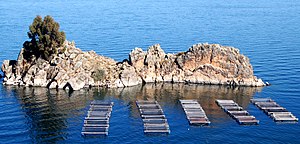

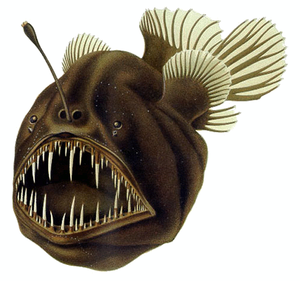
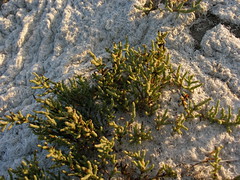

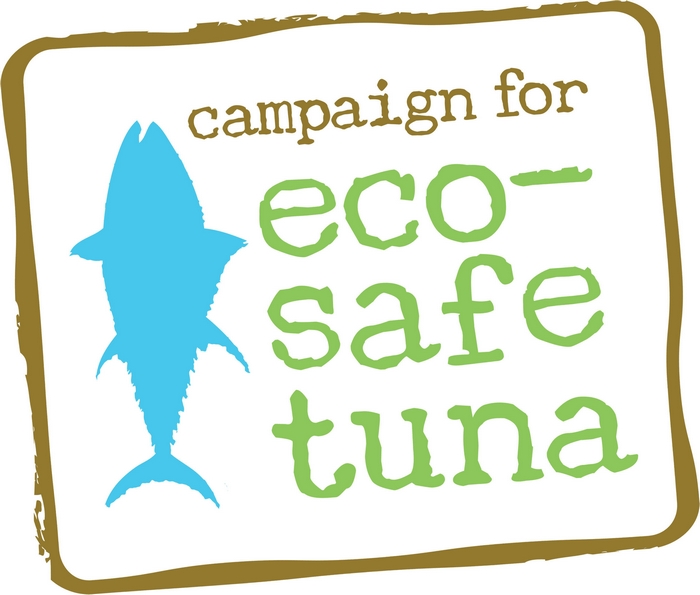


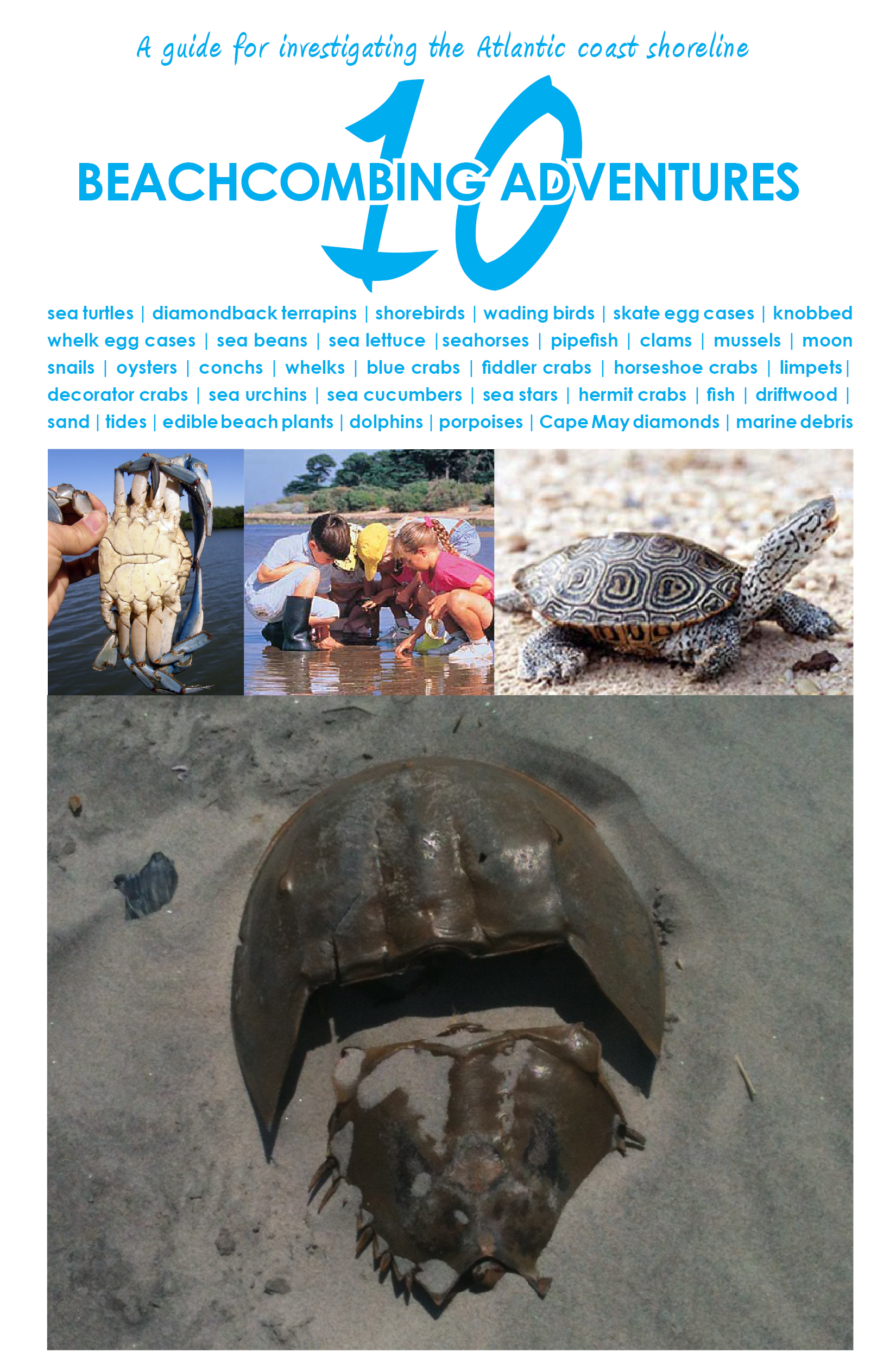
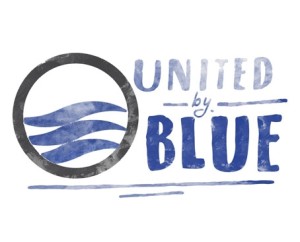
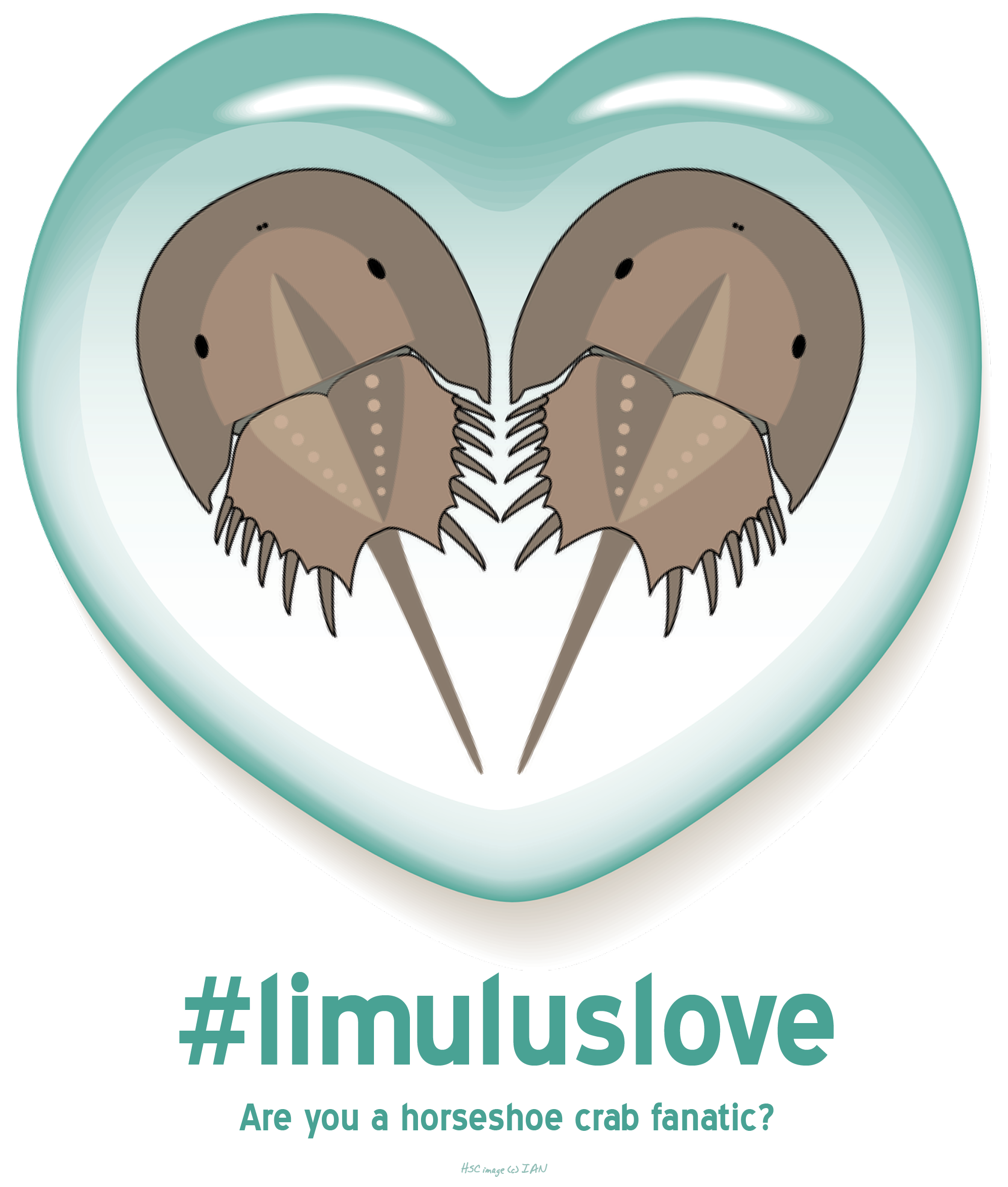
What people are saying …